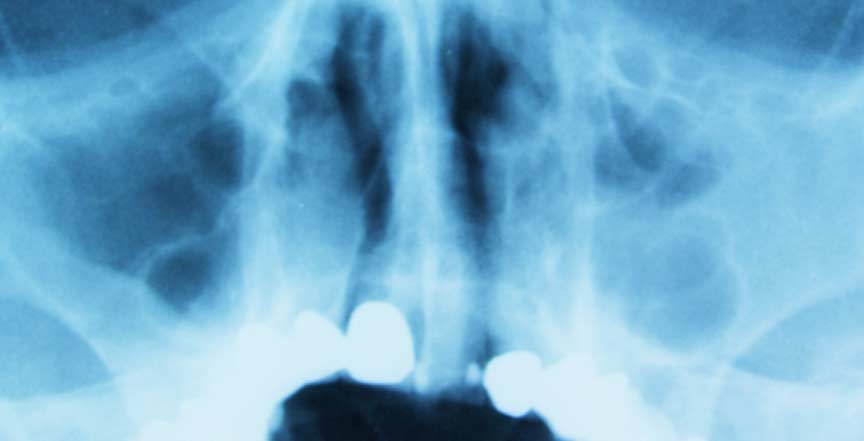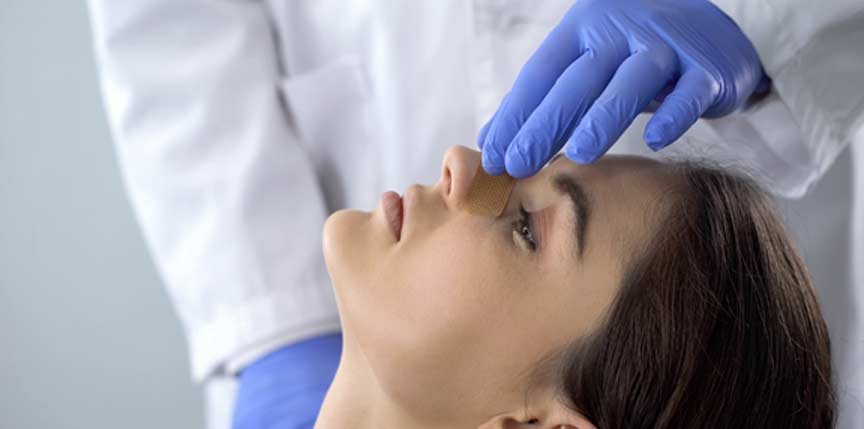
A runny or stuffy nose may lead some people to suspect the common cold, but sometimes these are just the signs of turbinate hypertrophy.
When air enters the nose, it must travel through turbinates. When these passageways are too large, problems, such as difficulty breathing, may be noticed. A thorough exam, diagnosis, and treatment plan may provide the steps for minimizing or eliminating associated symptoms.
What Is Turbinate Hypertrophy?
People generally have 3 turbinates that are designed to moisten, clean, and raise the temperature of air during breathing. Hypertrophy is generally used to classify something that has grown too large. Turbinate hypertrophy, therefore, is a condition that indicates that the turbinates, which are typically narrow, are large enough to impact normal function.


What Are the Symptoms and Causes?
Those who receive a diagnosis for turbinate hypertrophy may experience a number of symptoms. Breathing through the nose is most commonly affected. People may find themselves defaulting to breathing through the mouth during sleep, and this can result in repeated episodes of dry mouth. Other indicators of this condition include:
- Chronic nasal congestion
- Nosebleeds
- Forehead pressure or facial pain
- Snoring
- A change in the sense of smell
The common cause of turbinate hypertrophy is chronic or intermittent inflammation of the sinuses. Exposure to irritants or allergens may turn out to be a regular trigger for the onset of symptoms for some people. Such sensitivities can be lifelong and borne from a genetic predisposition but can also develop over time without the influence of a family history.
How Is the Condition Diagnosed and Treated?
In order to accurately diagnose the condition, a professional may opt for an imaging test, such as a CT scan. This allows for a visual assessment of the turbinates. This particular issue presents similarly to a deviated septum, so these test results aid in the understanding an individual’s specific anatomy.
Treatment options at Nasal & Sinus Surgery Center can range from over-the-counter remedies to surgical solutions. Those who have developed the condition thanks to environmental irritants may be able to minimize symptoms by assessing and changing exposure or lifestyle habits. Someone with allergies, for instance, can take steps to vacuum and dust frequently, refrain from wearing shoes in the house, inspect regularly for mold, and use air filters in the rooms time is spent in the most. Adequately treating seasonal allergies or bouts of sinusitis can also reduce symptom flare-ups.
In the event that a surgical approach is warranted, exactly how the condition is resolved depends on individual circumstance. Turbinate bone resection or the removal of soft tissue may help relieve airflow blockage in some people. Others may be good candidates for a procedure involving the introduction of heat into the turbinates to promote shrinkage.
Without treatment, someone could face a chronic stuffy nose or be prone to sinusitis. Aside from being annoying and uncomfortable, these conditions can interfere with quality sleep, which can affect optimal daily function, mood, and concentration. A treatment plan for turbinate hypertrophy, regardless of whether it is over-the-counter or surgical, offers the opportunity to improve overall well-being.
